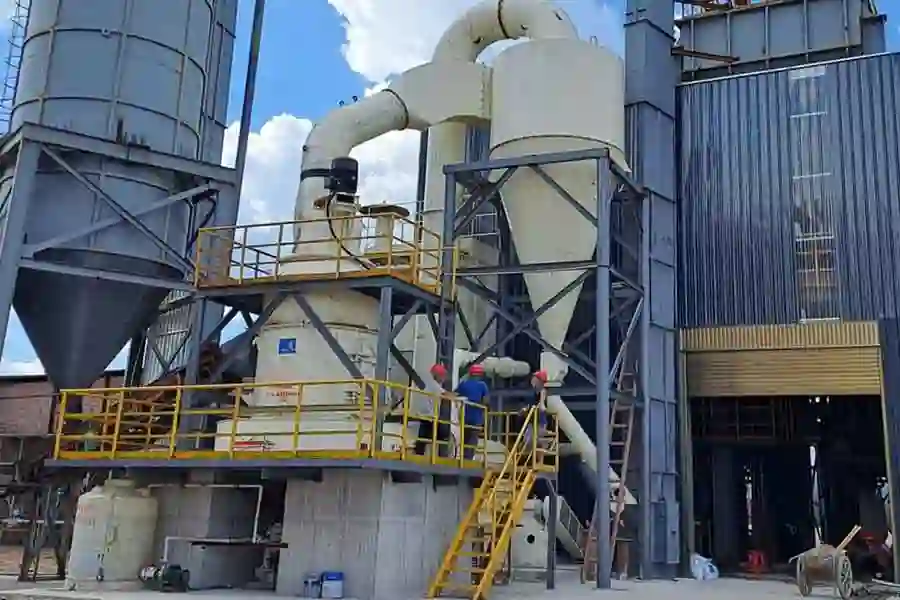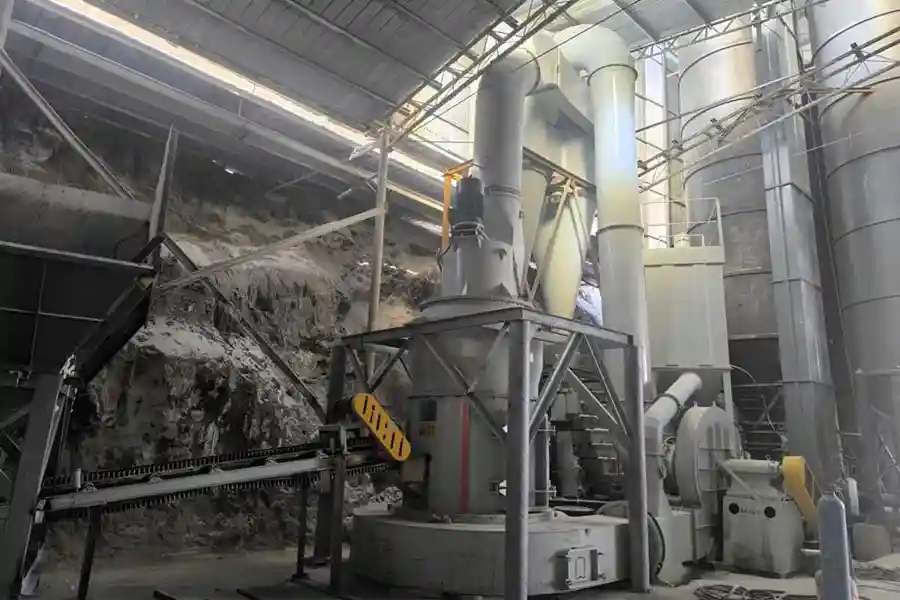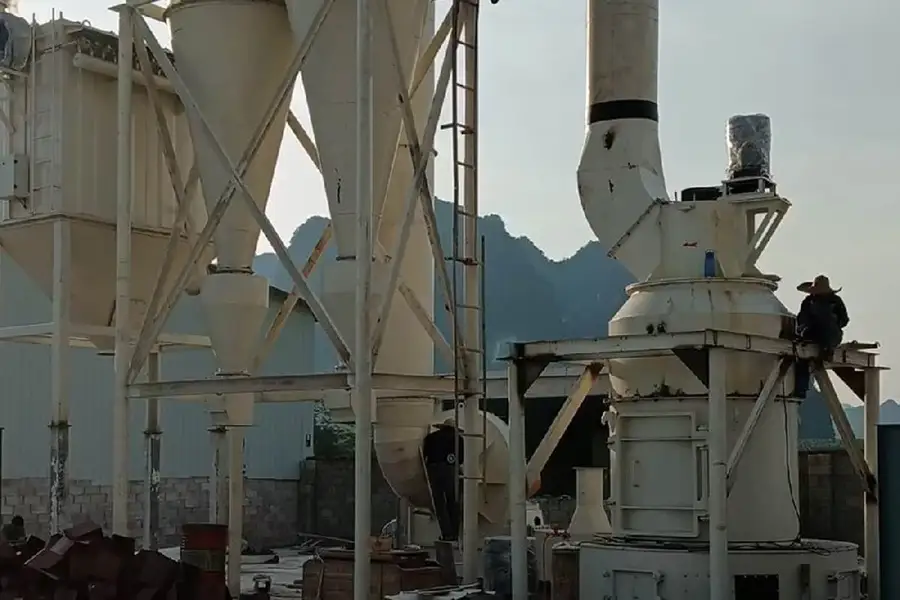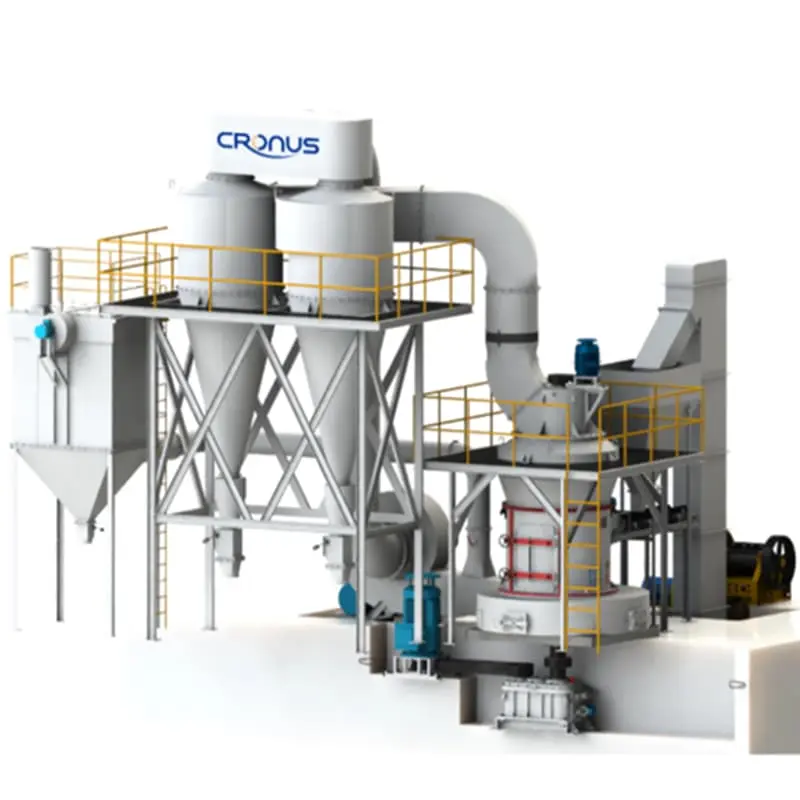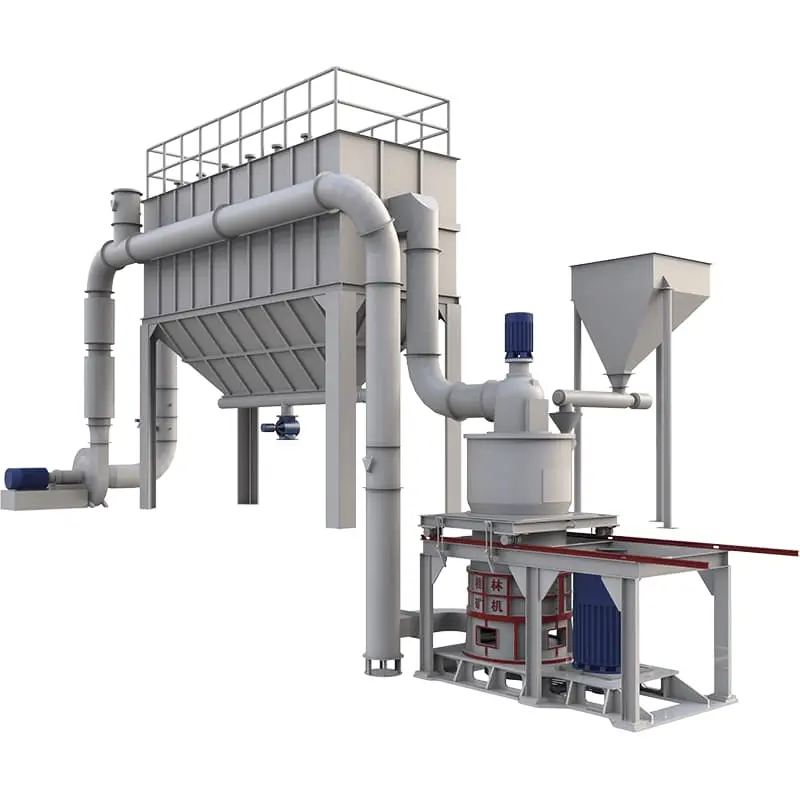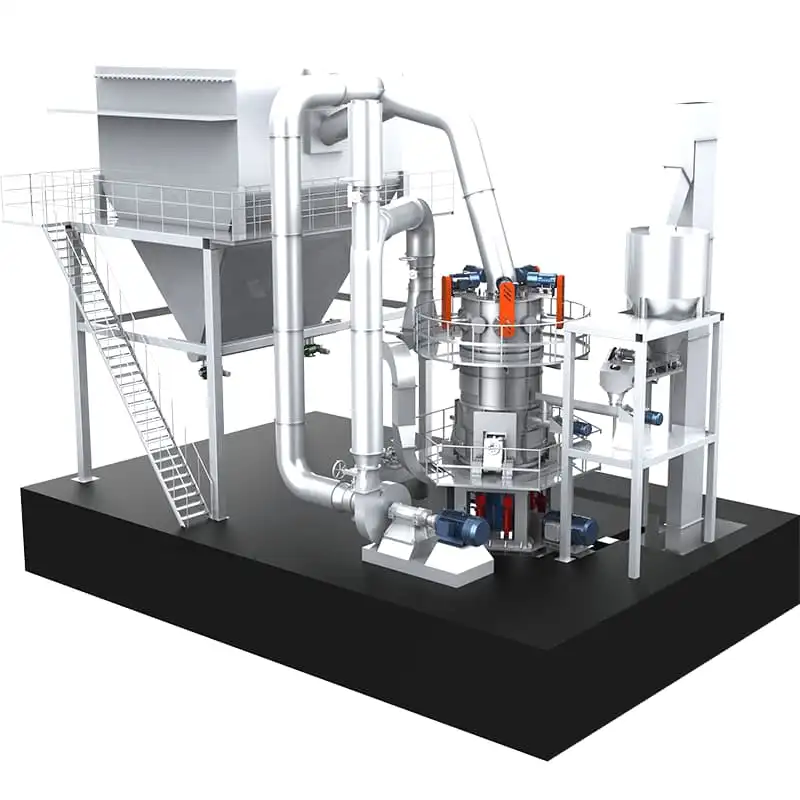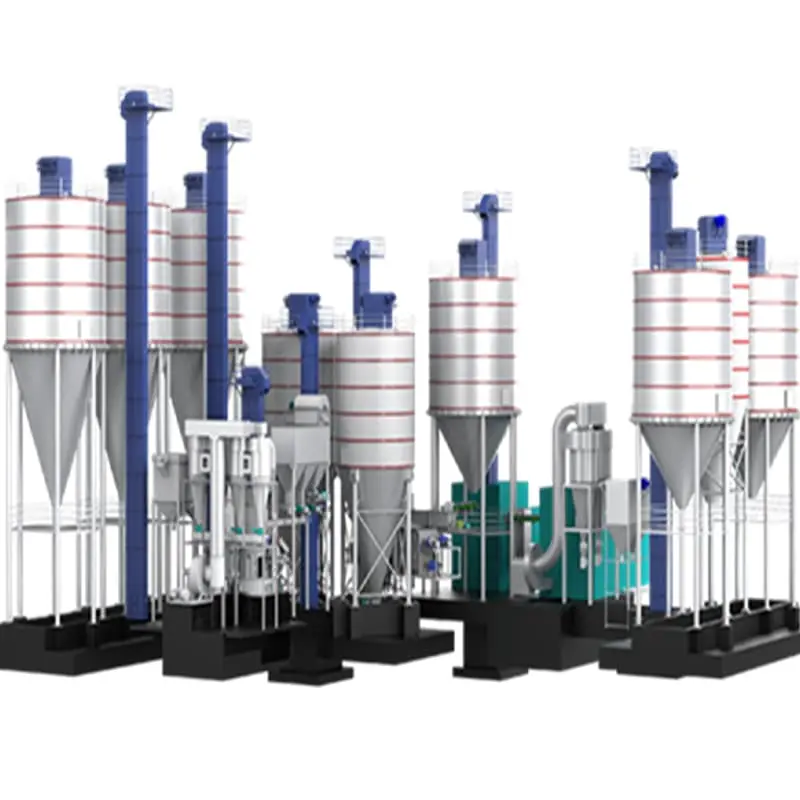- Vertical grinding mill processes calcium carbonate
- Vertical grinding mill processes talc
- Vertical grinding mills process barite
- Ultrafine grinding mill processes iron oxide red
- Mongolian mill processing siderite
- Raymond mill processing blast furnace slag
Telephone:
+86-18290113988 (whatsapp) Kase
+86-13248239223 (whatsapp) Cecilia
+86-17317879223 (whatsapp) Fandi
+86-19921225405 (whatsapp) Luna
Email:sales@shcronus.com
Raymond mill processing shells
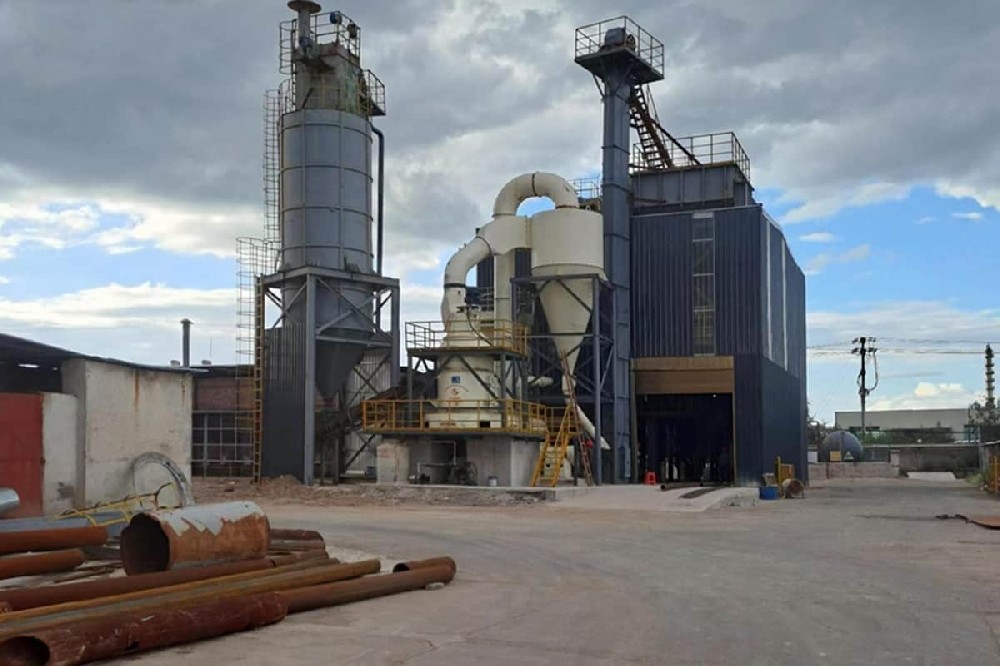
- Publication time:2025-09-02
- Click:16
Shells and Raymond Mill
Shell powder has a wide range of uses. In the field of feed additives, it can supplement calcium sources for livestock and poultry. As a soil conditioner, it can adjust pH, improve soil structure, and enhance fertility. In the cosmetics industry, it is a high-quality filler. It adds artistic charm in handicraft production. The Raymond mill is a suitable equipment for processing shells into powder. It is applicable to processing non-flammable and non-explosive minerals with a Mohs hardness below 7 and humidity below 6%, and shells just fall within its processing range.
Process of processing shells with Raymond mill
Cleaning
Impurities such as sediment, salt, and organic residues attached to the surface of shells will affect the purity and quality of the finished product and may corrode the equipment. It is necessary to rinse and scrub repeatedly with clean water, and if necessary, soak in dilute alkali water and then rinse.
Drying
The water content of shells affects powder grinding. Excessively high water content will cause the powder to adhere to the equipment, resulting in blockage and reducing efficiency. Natural drying should ensure that the shells are completely dry. In industrial production, rotary dryers are commonly used, and it is ideal to control the moisture content below 1%.
Crushing
The Raymond mill requires the feed size to be ≤ 30mm. Large shells need to be crushed into small pieces with a jaw crusher or hammer crusher, and small equipment can meet the demand.
Grinding
The shells enter the grinding chamber of the main machine. The grinding roller rolls on the grinding ring under the action of centrifugal force. The scraper shovels the shells and sends them between the two, and they are crushed into powder under the action of rolling pressure.
Pneumatic conveying
The fan generates air flow to blow the ground shell powder into the analyzer. The analyzer acts like an "inspector" to screen and classify. The fineness is controlled by adjusting the rotation speed. Qualified powder passes through, and unqualified powder returns to the grinding chamber for re-grinding.
Collection
The shell powder that passes through the analyzer enters the cyclone collector, where it is separated from the air flow by centrifugal force and falls into the collecting hopper. A small amount of fine dust enters the pulse dust collector for further filtration and collection to ensure clean gas and improve the output and quality of finished products.
Packaging
After collection, it is sealed and packaged with an automatic packaging machine, which can automatically weigh and sew the bags. Attention should be paid to moisture-proof during packaging. Packaging materials with good sealing performance should be selected, and desiccants can be placed.
Key points of processing shells with Raymond mill
Fineness adjustment
The rotation speed of the analyzer is the key. Increasing the rotation speed can obtain finer powder, while reducing it can get coarser powder. It can be steplessly adjusted through a frequency converter. Different uses of shell powder have different fineness requirements. Feed grade is 80 - 100 mesh, and cosmetics or high-end fillers require 325 mesh or even finer.
Balance of air volume and air pressure
Air volume affects transportation and classification. Too small air volume will cause material blockage, and too large will make the fineness coarser. It needs to match the grinding capacity. The system should be well sealed, and the connecting parts and the cloth bags of the pulse dust collector should be checked regularly.
Maintenance of grinding rollers and grinding rings
Long-term grinding will cause wear, affecting output and fineness. Wear-resistant materials should be selected, and the wear condition should be checked regularly and replaced in time.
Temperature control
The heat generated during grinding may affect the properties of shell powder. It is necessary to ensure good ventilation, and if necessary, cool the main machine shell with water.
Summary
The Raymond mill is the preferred equipment for processing shells into powder. Its processing of shells needs to go through processes such as cleaning, drying, crushing, grinding, pneumatic conveying, collection, and packaging.
向下滚动页面显示"置顶"按钮...


